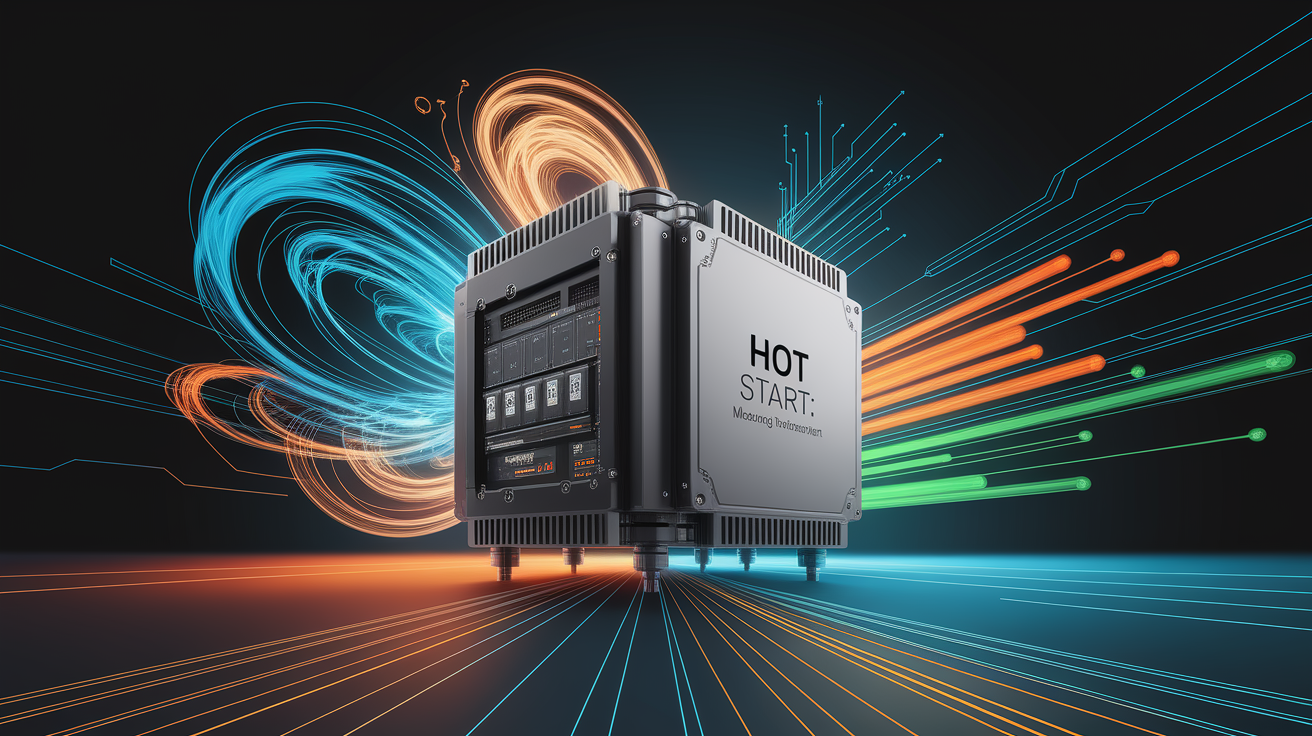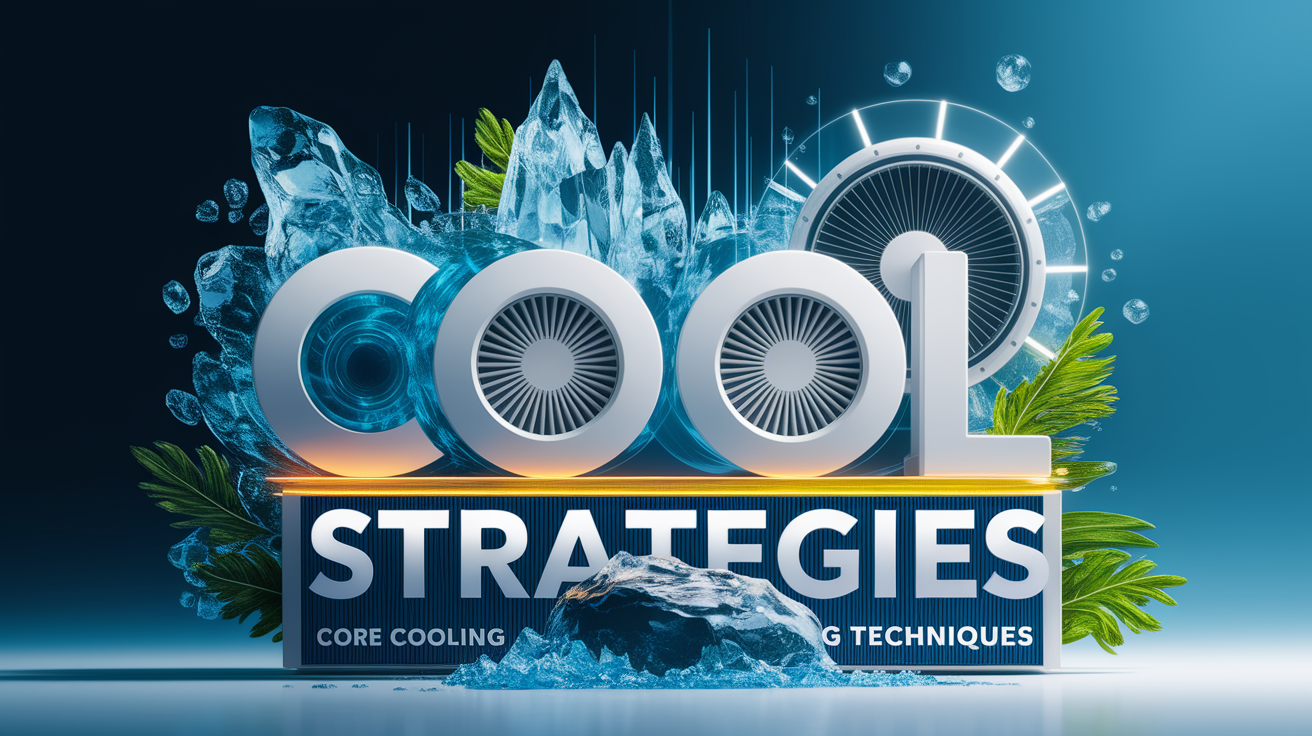Smart Thermal Tactics for Inverter Reliability
Hot Start: Mastering Inverter Thermal Management
Effective inverter thermal management is not a luxury—it is a prerequisite for reliability, efficiency, and the long-term viability of modern power electronics. Whether deploying in photovoltaic systems, electric vehicles, or industrial drives, managing heat in components like IGBTs, MOSFETs, and control circuitry directly impacts system performance.

Inverter thermal management focuses on controlling and dissipating heat generated from switching losses and conduction losses. Excessive or fluctuating temperature conditions can drive up thermal stress, degrade materials, and even trigger failure events such as thermal runaway. By maintaining safe junction temperatures—typically below 75°C for silicon devices and higher thresholds for wide bandgap technologies—engineers can safeguard against efficiency drops and extend operational lifespan.
In high power density designs, thermal management is both a challenge and an opportunity. Intelligent approaches integrate precise heat transfer analysis, optimized cooling systems, and predictive control to ensure each watt is managed effectively, keeping costs down and uptime high.
Cool Strategies: Core Cooling Techniques
Choosing the right cooling technology is a decisive factor in inverter design. The best solutions address both transient peak loads and steady-state heat dissipation efficiently.

- Forced Air Cooling: Fans move air across heat sinks attached to power semiconductor components. This method is cost-effective and simple, but limited in high-power or compact applications.
- Liquid Cooling: Coolant circulates through cold plates in direct thermal contact with hot components. High thermal conductivity materials such as copper or aluminum are preferred. Customized flow path enhancements, as highlighted in liquid cold plate designs, improve uniformity and performance.
- Phase Change Materials (PCMs): These materials absorb large amounts of heat during phase transitions (solid to liquid), providing excellent management of short-duration, high-intensity thermal spikes.
For advanced setups, combining multiple cooling methods can yield superior results. An example is integrating phase change cooling with liquid circuits and adaptive fan control to balance energy efficiency with temperature stability.
Design Intelligence: Layout and Component Choices
Thermal performance starts at the design table. Component placement, enclosure airflow paths, and thermal interface material (TIM) selection all influence heat transfer and system stability.

- Optimized Layout: Arrange power modules and high-loss components near cooling channels or heat sinks to shorten thermal paths and reduce thermal resistance.
- Material Selection: Use TIMs with high thermal conductivity to ensure efficient transfer from semiconductor junctions to heat sinks or cold plates.
- Thermal Simulation: Employ computational fluid dynamics (CFD) and finite element analysis (FEA) to model heat distribution and refine design choices before manufacturing, as suggested in detailed inverter thermal models.
These strategies ensure the inverter’s cooling system is not a retrofit but an integral part of its efficiency framework.
Smart Monitoring: Temperature Tracking and Control
Static cooling designs are giving way to dynamic, intelligent systems. Real-time data from embedded temperature sensors allows precise control over cooling mechanisms, minimizing energy waste while preventing overheating events.

Predictive control strategies leverage historical data to forecast potential thermal issues and enable preemptive interventions. Adaptive cooling adjusts fan speeds, coolant flow rates, or even triggers secondary cooling systems based on actual operating conditions, as detailed in intelligent inverter cooling approaches.
- Benefits of Smart Monitoring:
- Improved inverter efficiency by reducing unnecessary cooling load
- Extended component lifespan through stable junction temperature control
- Enhanced safety by averting thermal runaway scenarios
In EVs, for instance, integrated cooling loops manage both inverter and battery temperatures, working alongside HVAC systems (EV thermal management), ensuring performance under varied ambient conditions.
Cool Down: Ongoing Maintenance and Next Steps
Maintaining peak thermal performance is an ongoing responsibility. Dust buildup on heat sinks, coolant contamination, or degraded thermal interface materials can undermine even the best-designed systems.
- Regular inspection and cleaning of air cooling components
- Coolant replacement and seal integrity checks for liquid systems
- Periodic recalibration of temperature sensors and control software
- Reviewing performance logs to identify early signs of thermal cycling stress
Looking forward, expect a stronger convergence of thermal management with digital twin models and AI-augmented predictive maintenance. This will allow inverters in renewable energy plants and high-performance EVs to operate closer to optimal thermal thresholds without compromising safety or longevity.
For engineers and operators, the actionable takeaway is clear: integrate robust cooling solutions with intelligent monitoring from the outset, and pair them with a disciplined maintenance regime. Doing so ensures not only higher inverter efficiency but also a decisive advantage in system reliability for years to come.







